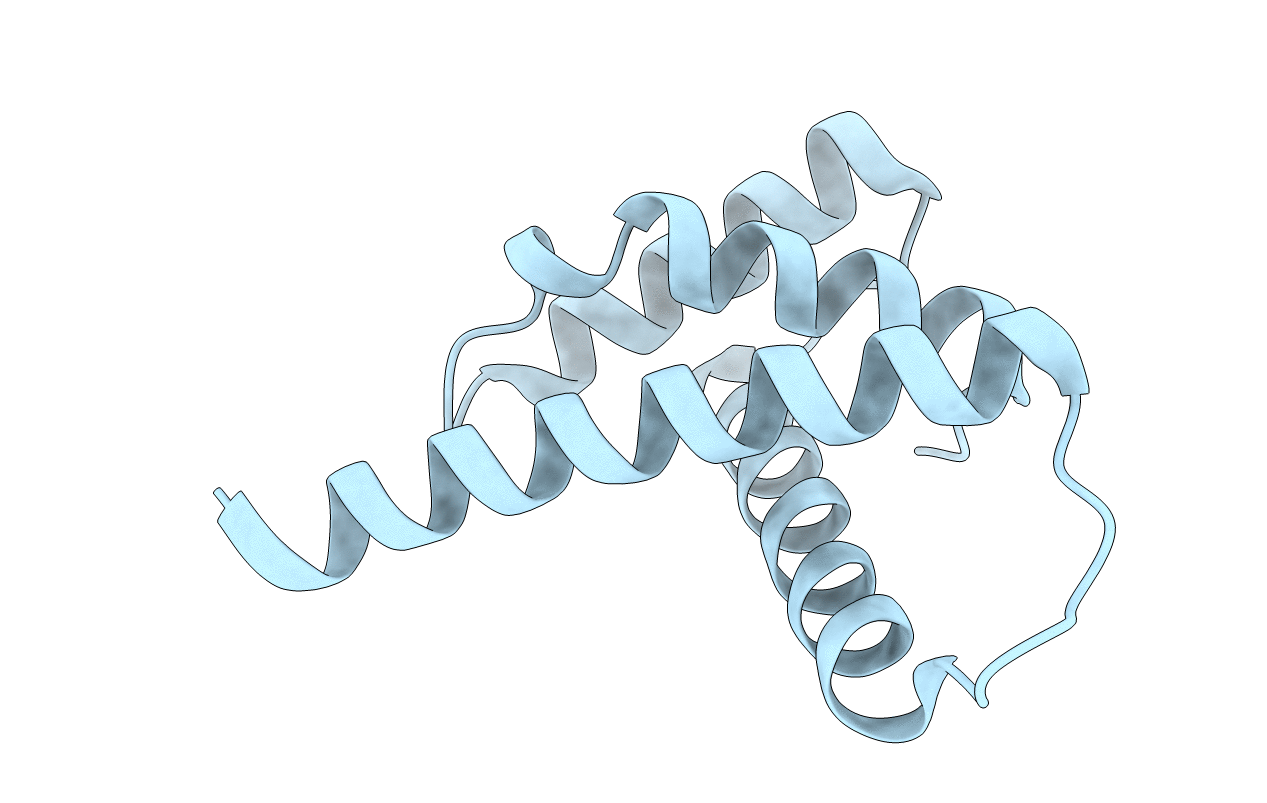
Deposition Date
2017-11-09
Release Date
2018-11-28
Last Version Date
2024-11-13
Entry Detail
PDB ID:
6EXU
Keywords:
Title:
Crystal structure of the DNA binding domain of fission yeast Sap1
Biological Source:
Source Organism:
Host Organism:
Method Details:
Experimental Method:
Resolution:
1.41 Å
R-Value Free:
0.19
R-Value Work:
0.16
R-Value Observed:
0.17
Space Group:
P 21 21 21


